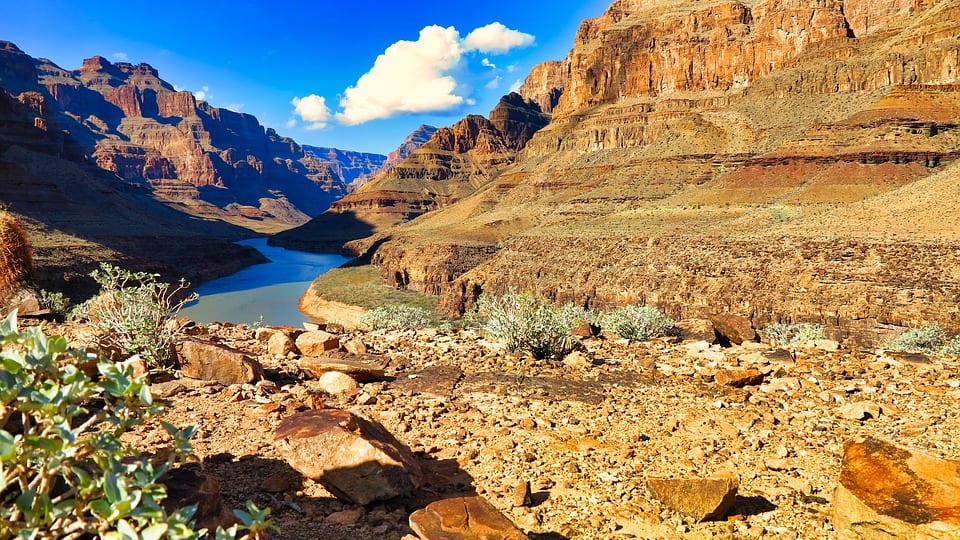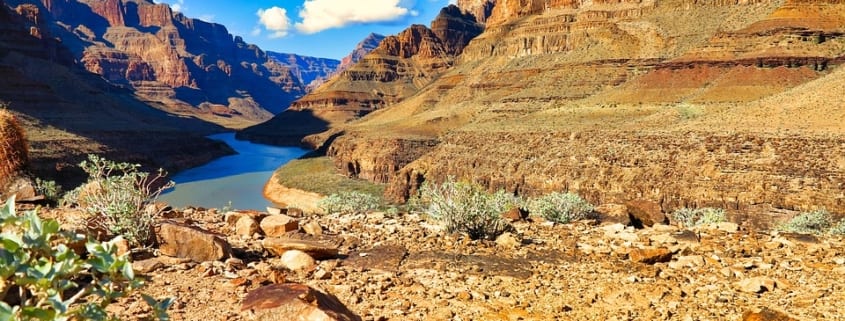A New Challenger Enters Watershed Monument Debate
 The Grand Canyon National Park is a great example of how well an area can be preserved while still open to the general public. Thanks to the hard work of park employees and preservationists, the Grand Canyon and its surrounding wilderness have been protected for our generation, but the next generation might have even more to explore.
The Grand Canyon National Park is a great example of how well an area can be preserved while still open to the general public. Thanks to the hard work of park employees and preservationists, the Grand Canyon and its surrounding wilderness have been protected for our generation, but the next generation might have even more to explore.
We’ve written before on the Grand Canyon Watershed National Monument, a proposed monument that would protect an additional 1.7 million acres of fragile wilderness from development and logging. Many factions are fighting both for and against this monument, with business interests fighting for their right to develop on this land, but the Arizona Game and Fish Department has finally decided to enter the debate.
The department is speaking out against the monument, strangely enough, but they’re doing it to protect the Grand Canyon’s fragile ecosystem – they believe that this new monument would in fact cause more problems than it would solve. The plan would involve too much federal regulation, they say, and it would make it much more difficult for the department to manage wildlife. They have a very valid point there – overpopulation issues have plagued the Grand Canyon in the past, and the the Game and Fish Department were less able to manage the wildlife, it could lead to the endangerment of some of the area’s most unique species.
They also say it would limit hunting, recreation, and development as well as increase the costs of running the park and invite unneeded legal challenges. Craig McMullen, the Flagstaff regional supervisor for Game and Fish, had this to say on the matter: “From the department’s perspective we believe there’s sufficient regulatory structure to deliver good conservation for game and non-game species alike. There is not a demonstrated need to add another layer of regulatory burden, which would come with a monument.”
Preservationists fighting for the creation of the Watershed National Monument argue that its presence wouldn’t interfere with their duties, and that it would serve to protect the planet’s largest remaining forests of old-growth ponderosa. About 40% of the old-growth trees in that area have been destroyed, and if the Watershed Monument isn’t made official, that 40% could be gone before we know it.
So who are all of these people appealing to? Currently, the land that would fall under Watershed Monument the Watershed Monument isn’t protected, but President Barack Obama could change that. During his stay in the White House, he’s already declared 16 natural monuments, protecting rare specimens of animal and plant life, and while he hasn’t yet spoken on the possibility of a Watershed Monument, with another party in the debate, it seems like only a matter of time.
How do you feel about the creation of the Grand Canyon Watershed Monument north of Grand Canyon North Rim? Do you think the area should be preserved at all cost, or should we let it continue to be managed and developed as it has been in the past? Let us know in the comments section below and join the debate!

 https://pixabay.com/en/usa-the-grand-canyon-landscape-3409701/
https://pixabay.com/en/usa-the-grand-canyon-landscape-3409701/
 https://pixabay.com/en/grand-canyon-gorge-view-wide-4559/
https://pixabay.com/en/grand-canyon-gorge-view-wide-4559/